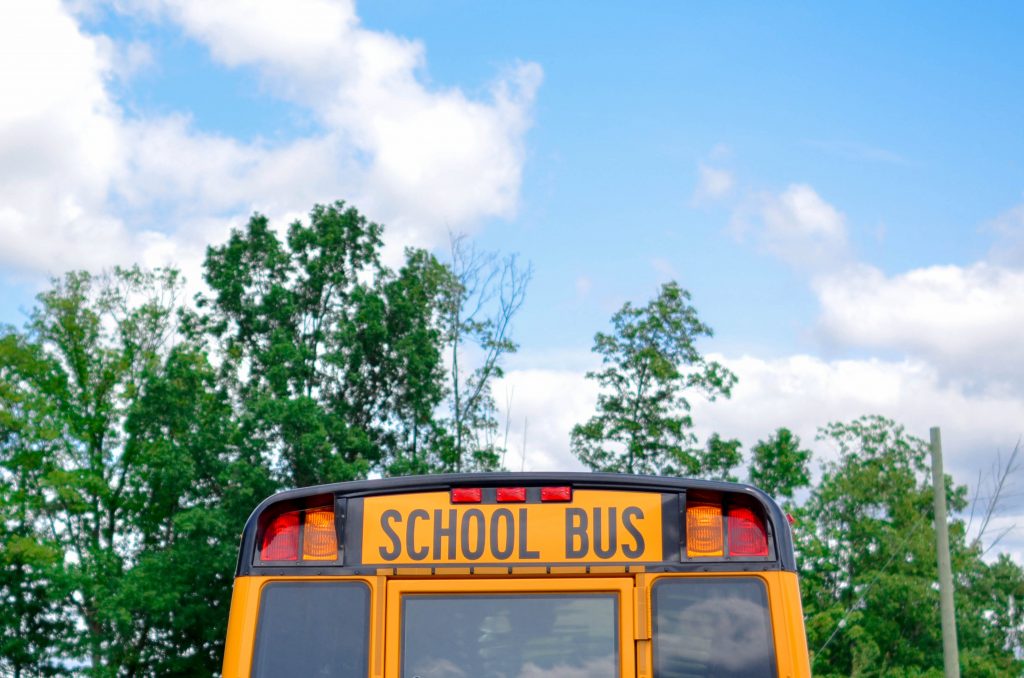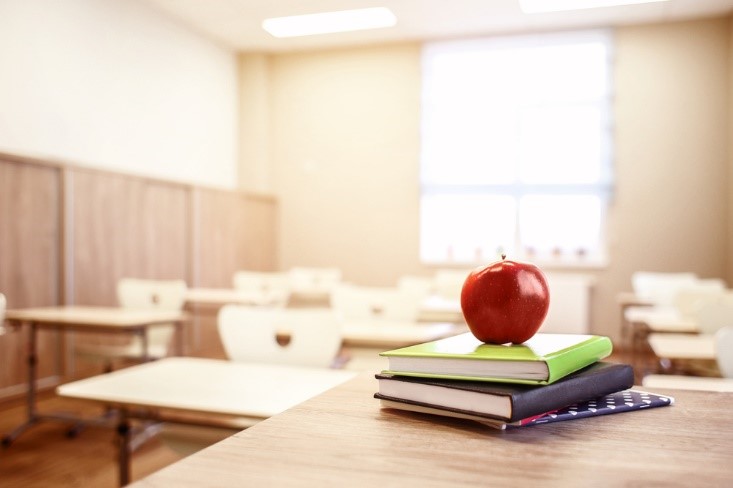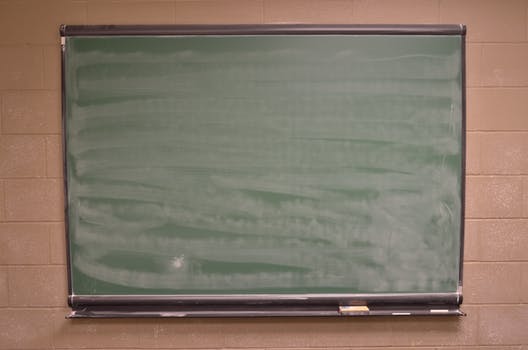Are you looking for innovative things to try when your students won’t follow directions and instructions? If so, keep reading.
1. Connect clearly to the student when it is time to begin.
2. Organize time units so the student knows how long to work and when to be finished.
3. Give clearly stated instructions, written or oral. Make the instructions as concrete as possible.
4. Praise the student for beginning tasks after receiving instructions based on the duration of time the student can be successful. As the student shows success, slowly decrease the amount of time to begin the task for the student to be reinforced.
5. Give the student a schedule of learning activities so they will know what and how much there is to do in a day.
6. Give the student a sample of the task/learning experience that has been partially finished by a peer or teacher (e.g., book reports, projects).
7. Talk regularly with the student to help them follow instructions for the learning experience.
8. Provide directions and instructions before handing out learning materials.
9. Do not let the student take part in a situation unless they can demonstrate self-control and listen to instructions before beginning.
10. Give the student access to pencils, pens, etc., only after instructions have been given.
11. Minimize distracting stimuli (e.g., place the student in the front row, give a table or “office” space away from distractions, etc.). This should be used as a way to lessen distractions, not as a punishment.
12. Draft an agreement with the student stipulating what behavior is required (e.g., beginning tasks after listening to instructions) and which reinforcement will be implemented when the agreement has been met.
13. Give the student the chance to finish the task/learning experience in an assortment of ways (e.g., on a recording, with a calculator, orally, etc.).
14. Give the student the option of performing the task at another time (e.g., earlier in the day, later, on another day).
15. Give instructions in the student’s preferred learning style (e.g., visual, auditory, etc.).
16. Select a peer, paraprofessional, friend, etc., to quiz the student on instructions before they begin a task.
17. Get the student to imagine the steps required to finish a task before starting that task.
18. Give the student a predetermined signal (e.g., turning lights off and on, hand signals, etc.) when they are not beginning a task.
19. Instantly remove the student from a situation when they begin doing things before receiving instructions.
20. Manage tasks by dividing them into small segments. Establish deadlines and reward the student after finishing each segment of the task.
21. Consider using a classroom management app to help the student learn to follow directions and instructions. Click here to view a list of apps that we recommend.
22. Consider using an adaptive behavior management app to help the student learn to follow directions and instructions. Click here to view a list of apps that we recommend.
23. Consider using Alexa to help the student learn to follow directions and instructions. Click here to read an article that we wrote on the subject.
24. Click here to learn about six bonus strategies for challenging problem behaviors and mastering classroom management.











